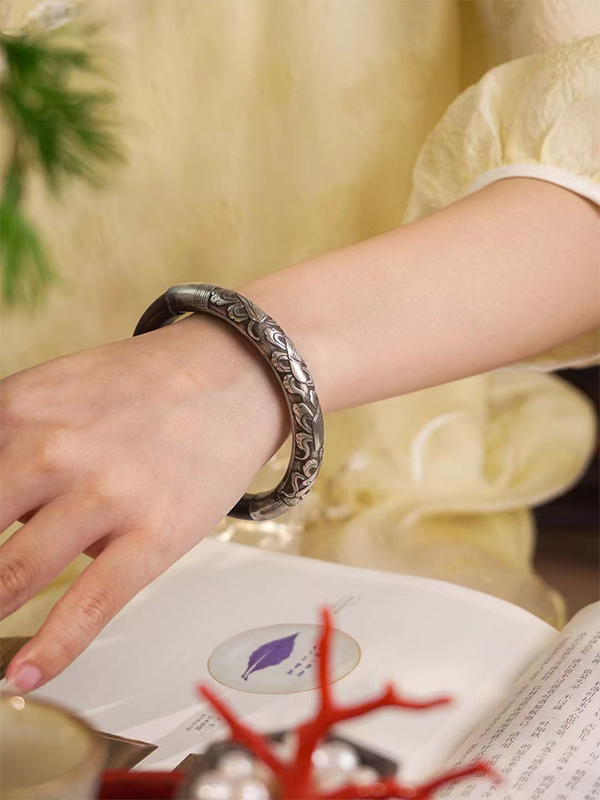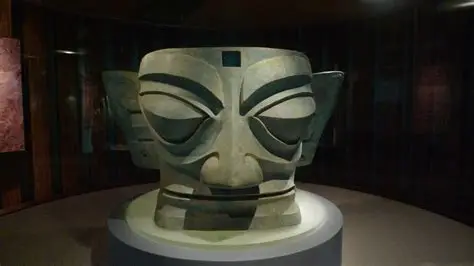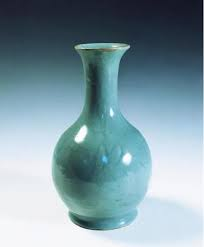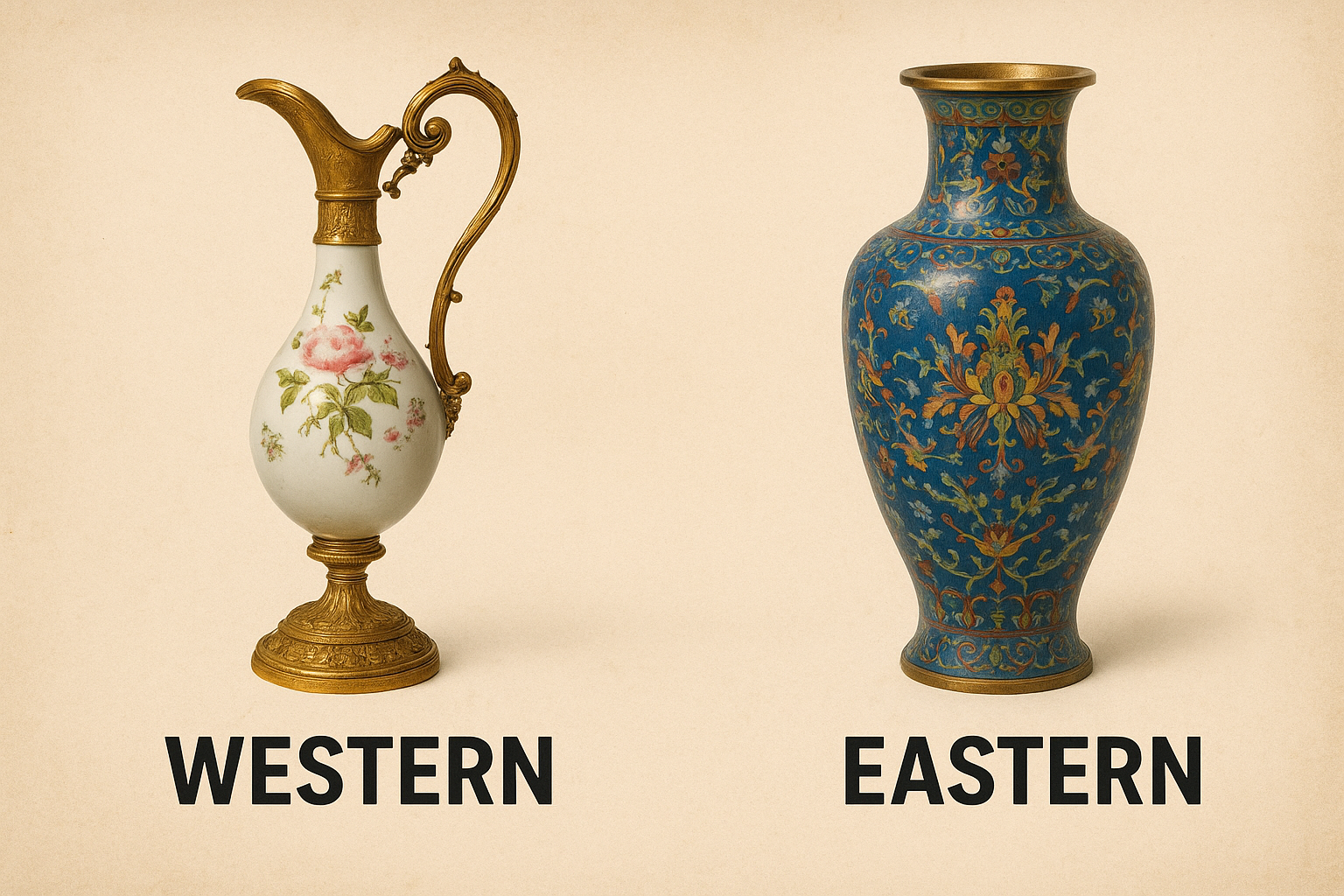On the vast Chengdu Plain in southwestern China, an ancient and mysterious civilization has awakened…
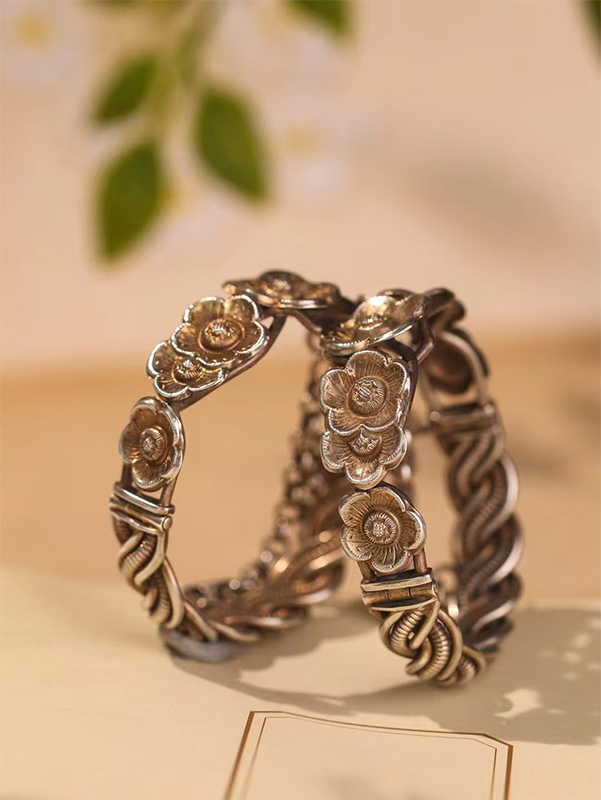
The cultural weight of old silver bracelets
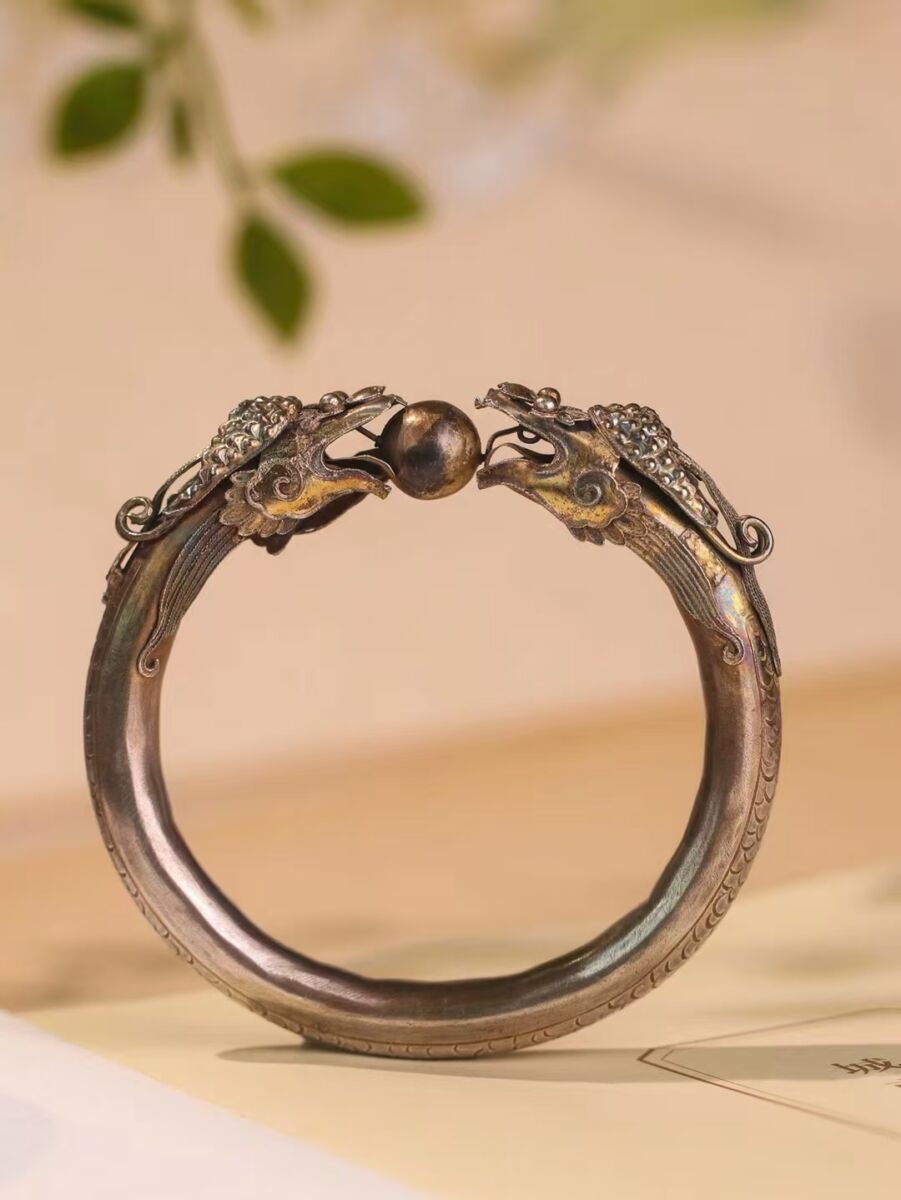
Old silver bracelets, as a classic among traditional jewelry, carry rich cultural connotations. Their history can be traced back to the Warring States Period, flourished in the Tang Dynasty, became popular among the people in the Song and Yuan Dynasties, and flourished in the Ming and Qing Dynasties, with silver workshops spread all over the country.
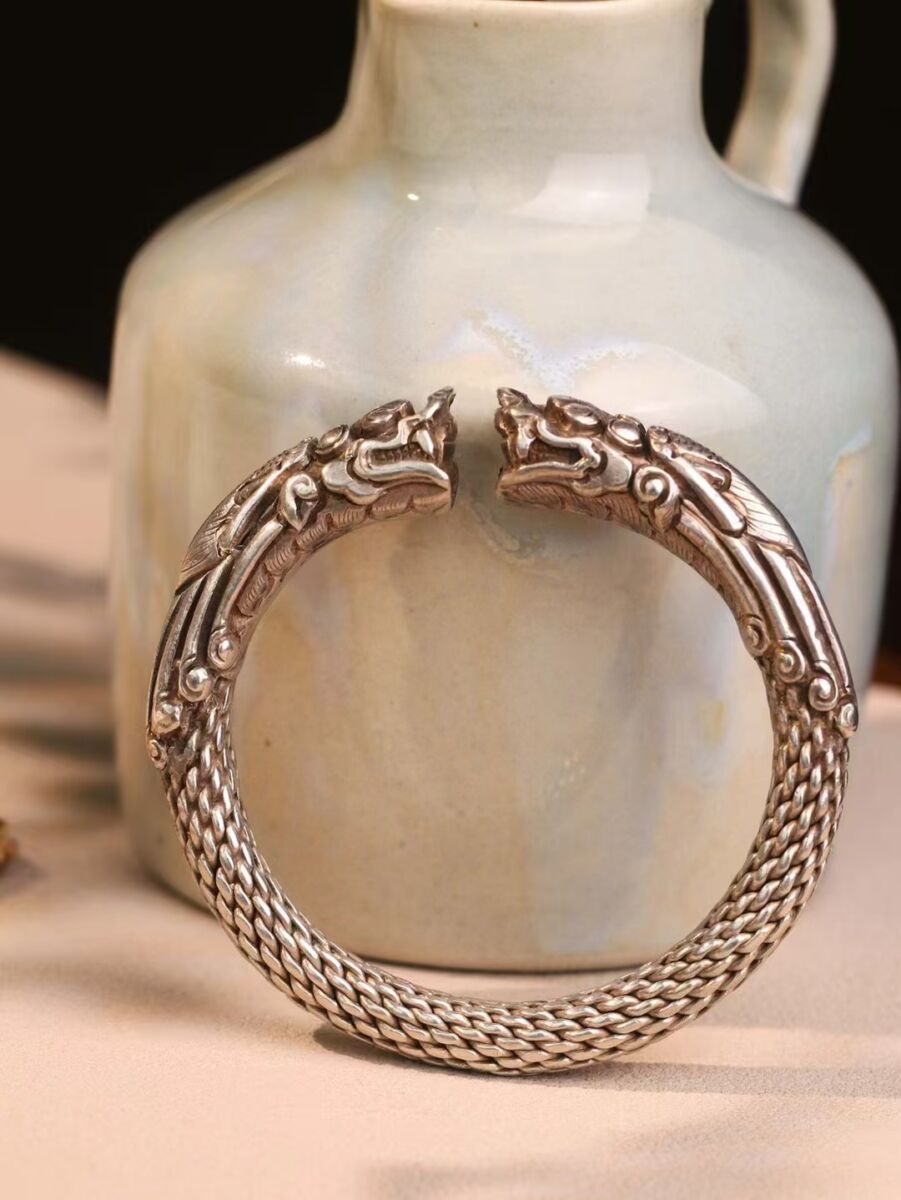
From a craftsmanship perspective, antique silver bracelets boast exquisite craftsmanship, with ingenious use of engraving, filigree, and cloisonné techniques creating exquisite patterns, whether depicting flowers, birds, fish, insects, or auspicious characters, all vividly rendered. A Qing Dynasty silver bracelet for a lady of noble rank, housed in the Palace Museum, weighs 58 grams and was a costly symbol of status and wealth. Silver bracelets from ethnic minority areas, such as Miao silver and Tibetan silver, can weigh more than 80 grams. In addition to carrying complex carvings, they also contain the beautiful meaning of “heavy silver brings great blessings.”
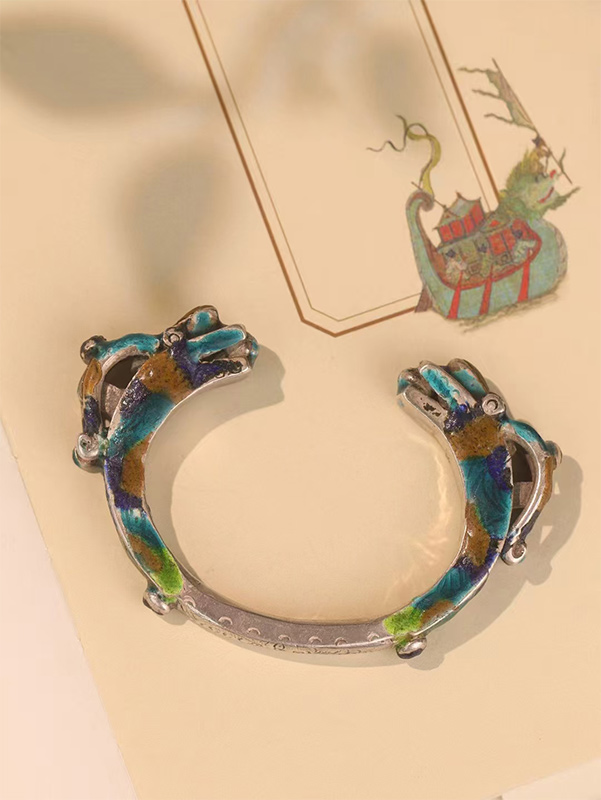
It is also a witness to folk culture. In wedding customs, silver bracelets are often given as a bride’s dowry, symbolizing a happy marriage and a happy life for the newlyweds. During traditional festivals, elders gift silver bracelets to younger generations as a blessing for their healthy growth. In these important occasions, old silver bracelets carry family affection and care, becoming a bond connecting family emotions.
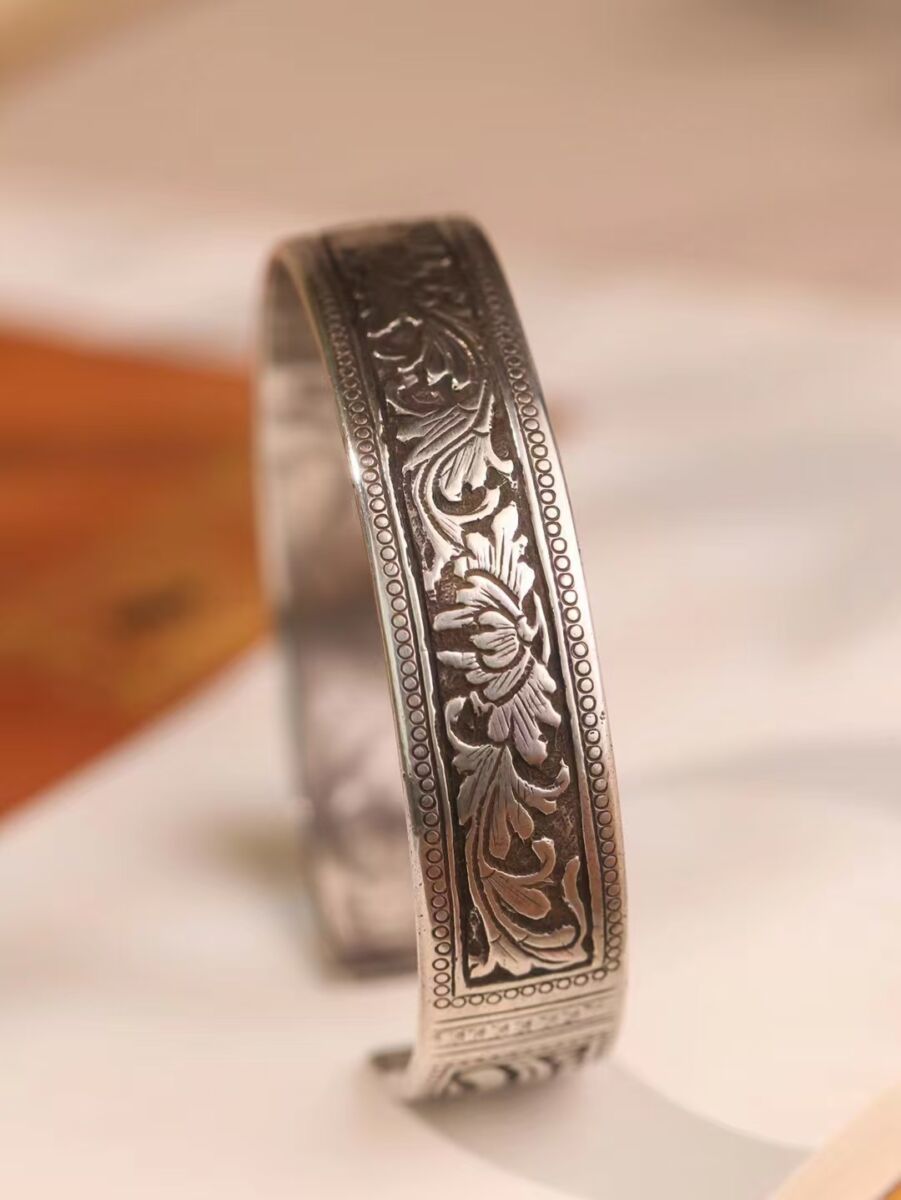
After years of baptism, the mottled marks on the surface of old silver bracelets are the mark of time and the sediment of history. They allow us to glimpse the lifestyle and aesthetic taste of the past and feel the profoundness of traditional culture.
